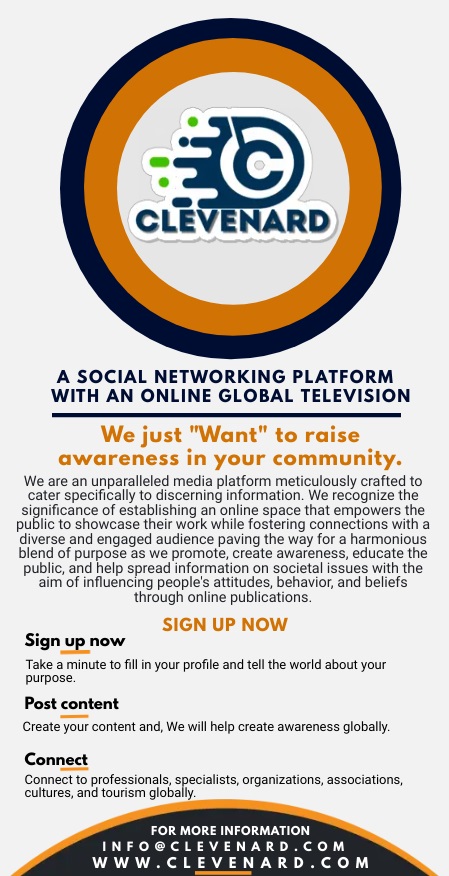The United Nations SDGs (PART ONE)
United Nations *Sustainable Development Goals (SDGs)* are a set of *17* global goals established in *2015* to address various social, economic, and environmental challenges. These goals aim to achieve a sustainable and equitable future for all by the year *2030*.
TEACHER: Let us take a look at SDG 1
TEACHER: Here are some notes on the SDGs, their benefits, and practical examples of their implementation:
TEACHER: Goal 1: No Poverty
TEACHER: *2: Zero Hunger:*
- Goal: End hunger, achieve food security, and promote sustainable agriculture.
- Benefits: Improved nutrition, increased agricultural productivity, food sovereignty.
- Example: Promoting sustainable farming practices, supporting small-scale farmers, and advancing technologies for efficient food production.
TEACHER: 1. *No Poverty:*
- Goal: End poverty in all its forms everywhere.
- Benefits: Improved living conditions, equal opportunities, reduced inequalities.
- Example: Implementing social protection programs to provide access to education, healthcare, and income support for vulnerable populations.
TEACHER: 3. *Good Health and Well-being* :
- Goal: Ensure healthy lives and promote well-being for all.
- Benefits: Longer life expectancy, reduced mortality rates, improved quality of life.
- Example: Strengthening healthcare systems, immunization campaigns, promoting mental health awareness, and providing access to essential healthcare services.
TEACHER: *4. Quality Education:*
- Goal: Ensure inclusive and equitable quality education for all.
- Benefits: Enhanced knowledge and skills, reduced poverty and inequality.
- Example: Expanding access to education, improving educational infrastructure, providing scholarships and vocational training.
TEACHER: 5. *Gender Equality:*
- Goal: Achieve gender equality and empower all women and girls.
- Benefits: Increased productivity, reduced violence and discrimination, social progress.
- Example: Promoting laws and policies that ensure equal rights and opportunities, combating gender-based violence, encouraging women's participation in decision-making roles.
TEACHER: 6. *Clean Water and Sanitation:*
- Goal: Ensure availability and sustainable management of water and sanitation for all.
- Benefits: Improved health, reduced waterborne diseases, increased productivity.
- Example: Providing access to clean drinking water, implementing wastewater treatment systems, promoting water conservation practices.
TEACHER: 7. *Affordable and Clean Energy:*
- Goal: Ensure access to affordable, reliable, sustainable, and modern energy for all.
- Benefits: Reduced pollution, improved living conditions, economic development.
- Example: Expanding renewable energy sources, promoting energy-efficient technologies, and investing in clean energy infrastructure.
TO BE CONTINUED...!
- Category:
- Education
- Oganisation:
- Netmix2000 Collections
- Writer:
- Charles Ollivant Akpome
- Phone:
- +233556055470
- 20 Mar, 2024
- 299 views
- No comments






